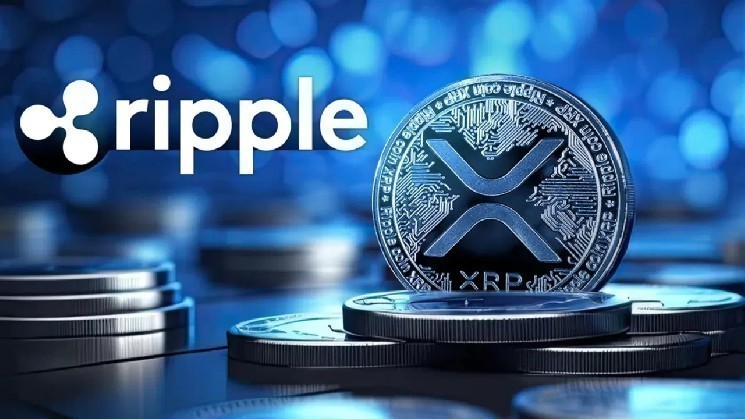Binance and Hyperliquid both use ADL as the last defense in liquidation, yet their philosophies diverge—one relies on centralized protection, the other on transparent, code-driven execution.
Binance’s ADL design focuses on minimizing user losses through layered insurance funds, human oversight, and post-event compensation to preserve trust.
Hyperliquid’s fully on-chain ADL mechanism delivers radical transparency and fairness but can act ruthlessly in volatile markets, exposing the trade-off between automation and empathy.

TRIGGER MOMENT: WHO PULLS THE MASTER SWITCH
In the darkest hours of the derivatives market, liquidation hits like a wave. Price anchors are shattered, depth vanishes, and risk engines scream. Auto-Deleveraging isn’t the first line of defense—it’s the last page of the risk manual.
The divide between Binance and Hyperliquid begins right here: Binance stretches its buffers to delay the moment of ignition, using layered margin tiers and isolated insurance funds to absorb losses before the fuse reaches ADL; Hyperliquid writes its process entirely on-chain, letting the HLP vault step forward to eat the blast.
Only when both the vault and account value plunge into negative territory does the system pull the master switch. For traders, understanding this path of escalation matters more than memorizing formulas—it tells you how many seconds of air remain when volatility spikes. Binance behaves like an engineer adding reinforcement after reinforcement; Hyperliquid, like a technician who pins every circuit on the wall for everyone to see.
ALGORITHMS THAT DECIDE WHO GETS CUT Once ADL
is triggered, the question shifts from “should we cut” to “who gets cut first.” Both systems follow one simple rule—high profit plus high leverage equals high priority—but they differ in how that ranking is measured.
Binance relies on a centralized engine score: unrealized PnL percentage multiplied by effective leverage. The higher the score, the earlier the position is reduced. Hyperliquid calculates a live, on-chain priority number blending profit rate, leverage ratio, and position size relative to account equity, refreshing every few seconds with independent queues for each market.
Transparency transforms the experience: you not only see your risk tier but can verify on-chain why you’re there. Yet that clarity has side effects. In cross-margin mode, the system might unwind only one leg of a hedge, forcing the rest of your portfolio to rebalance instantly. The logic is surgical—it doesn’t debate your strategy’s elegance, it just seals the system’s hole with the least collateral damage possible. Efficiency and cruelty walk hand in hand.
WHAT YOU LOSE: FROM POSITION TO PSYCHE
On paper, ADL simply closes a profitable trade early. For losers, it wipes out a bankrupt position to stop further debt; for winners, it locks in current gains while capping any future upside. The real shock lives in the psychology—you were right, yet forced to exit.
Some rage at losing their “earned profit,” others admit the system saved them from giving it back as markets rebound. Platform design shapes how that shock feels: Binance turns risk into color, a five-bar meter that glows from green to red, with alerts buzzing when you climb into the top danger zone; Hyperliquid posts live risk scores and on-chain traces for every ADL, letting anyone audit the process.
Their fee logics echo their cultures: Binance collects standard liquidation fees to fund its insurance pool but waives extra charges on ADL cuts, while Hyperliquid charges nothing at all, recycling most platform fees back to the HLP vault. For traders, survival remains simple—keep nominal size in line with equity, never assume hedging equals immunity, and treat “I might be force-closed” as part of the plan, not a surprise.
TRANSPARENCY VS. BACKSTOP: TWO RISK PHILOSOPHIES
When liquidation numbers hit headlines, each philosophy shows its soul. Hyperliquid entrusts everything to code and community funds: zero bad debt, full auditability, strict fairness—at the price of emotional coldness.
Binance puts its faith in credit and scale: it compensates losses out of its own reserves when systems lag or markets malfunction, turning corporate capital into user confidence. Neither path is flawless. Radical transparency doesn’t soften the pain of forced exits; generous backstops can’t replace structural clarity. The point is to know what trade-off you choose: verifiable order or paternal protection.
ADL exists to remind everyone that every risk engine is still a human attempt at rational control. See it not as punishment but as an emergency brake—and if you learn to slow down before it locks, you’ll keep the story from ending on its final line.
〈When the Last Fuse Burns: The ADL Survival Playbook of Binance and Hyperliquid〉這篇文章最早發佈於《CoinRank》。








